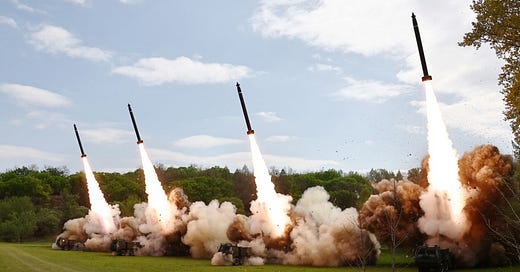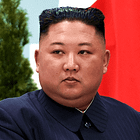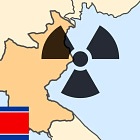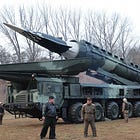North Korea Carries Out Simulated Nuclear Counterattack Drill, Test-Fires Ballistic Missiles
North Korea continues to test nuclear-capable missiles that possess the range to hit not only South Korea and Japan but also the mainland United States.
SEOUL/PYONGYANG - North Korean and South Korean media have reported that Pyongyang carried out a nuclear counterattack drill involving “super-large multiple rocket launchers” one day after it was reported that the North fired short-range missiles toward the Sea of Japan.
Furthermore, South Korean defense researchers say that North Korea may carry out its 7th nuclear test by November of this year before U.S. Presidential elections take place to “increase its bargaining power in future talks with Washington,” South Korean media cited Defense researchers as saying.
The warning coincides with other reports that Pyongyang has been preparing for its 7th nuclear test at its Yongbyon test site based on satellite data of the site.
The International Atomic Energy Agency (IAEA) Director General Rafael Grossi reported a "strong water outflow" from North Korea's light water reactor (LWR) cooling system late last year in October, which it says is consistent with the commissioning of its light water reactor.
North Korea reacted to the reports, claiming that the IAEA is a "paid trumpeter" for the United States. It said that claims about the North planning its 7th nuclear test are a "conspiracy between the U.S. and its followers".
In December of last year, South Korea's defense minister said that the North Korean light-water reactor at its Yongbyon nuclear complex will likely be formally operationaal by next summer, amidst speculation that the North may use fissile materials from the site for its nuclear weapons program.
IAEA Director-General Rafael Grossi said after the agency detected increased levels of activity at and near the reactor at the site, that it’s a “cause for concern” due to the fact that it can produce plutonium, which is one of two main ingredients used to produce nuclear weapons, the second being enriched uranium.
Grossi said the agency had, “observed increased levels of activity at, and near, the Light Water Reactor (LWR) at Yongbyon, and also – since mid-October – a strong water outflow from its cooling system. These observations were consistent with the commissioning of the LWR”.
“More recent observations indicate that this water discharge is warm, which is also consistent with ongoing commissioning of the LWR, a process that takes some time for any new reactor.
However, the discharge of warm water is indicative the reactor has reached criticality. It remains the case that without access to the facility the Agency cannot confirm its operational status,” The IAEA Director stated.
“I repeat that the further development of the DPRK’s nuclear programme, including the construction and operation of the LWR, is a violation of UN Security Council resolutions and is deeply regrettable.”
The concern comes as North Korea continues to test nuclear-capable missiles that possess the range to hit not only South Korea and Japan, but also mainland United States.
Defense Researchers: North Korea May Carry Out 7th Nuclear Test After June But Before November Elections:
Keep reading with a 7-day free trial
Subscribe to The Standeford Journal - News, Intel Analysis to keep reading this post and get 7 days of free access to the full post archives.









